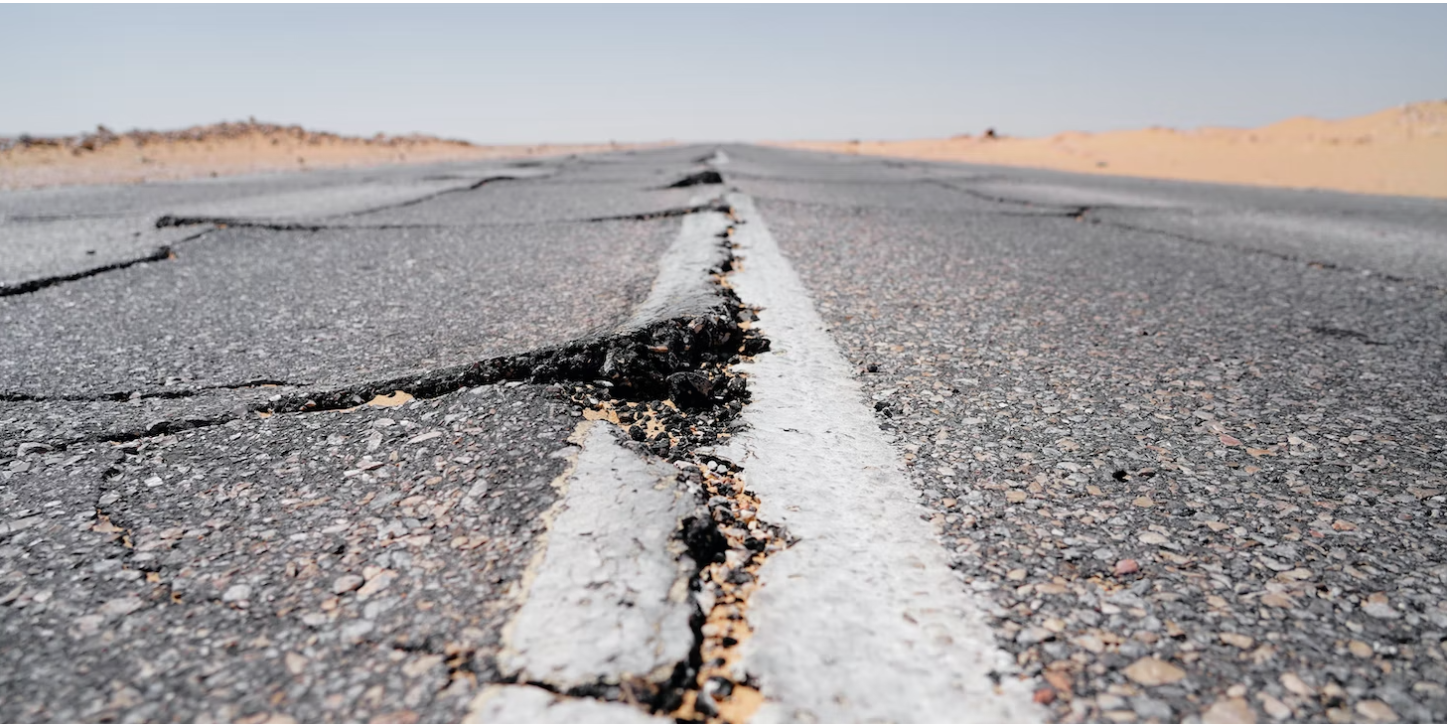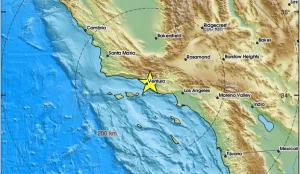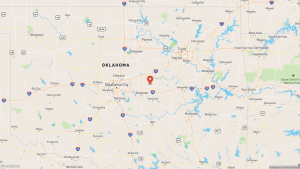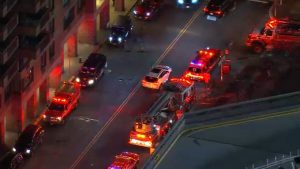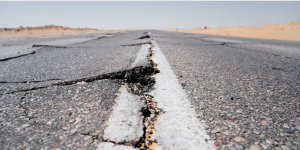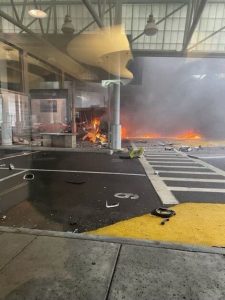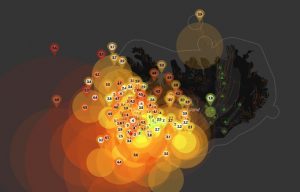Residents in Western New York felt an earthquake of 3.8 magnitude early Monday morning.
Earthquakes Canada reported that they registered the quake at 4.2 magnitudes. The tremors were reported in Buffalo, New York at 6:15 a.m. EST. The earthquake’s epicenter was found to be in West Seneca, near Buffalo city.
Also Read| Turkish news reporter runs screaming as second earthquake of 7.6 magnitude hits area: Watch
Erie County Executive Mark Poloncarz tweeted, “Just off the phone with @ErieCountyESU Dep. Commissioner Butcher who confirmed quake was felt as far north as Niagara Falls and south to Orchard Park from initial reports. It felt like a car hit my house in Buffalo. I jumped out of bed.”
WYRK reported: “Our entire building in Rand Building just shook. I am sure where you are you felt that underneath your feet. We are getting calls from Lancaster, Sanborn, Cheektowaga, Snyder, Batavia, and Eden this morning saying that they could see them–both in the car and in the house.”
Raw Alerts posted a video from inside a building in Upstate New York, where the interiors could be seen briefly shaking.
🚨#BREAKING: Rare magnitude 3.8 earthquake strikes Upstate New York⁰
📌#Buffalo | #NewYorkA Rare magnitude 3.8 earthquake has just been felt in Upstate NY Across Buffalo with multiple people reporting light to moderate shaking as the earthquake hit around 6:15 AM EST time pic.twitter.com/fFgzUF4LIH
— R A W S A L E R T S (@rawsalerts) February 6, 2023
Also Read| Quavo pays moving tribute to rapper Takeoff at Grammy Awards 2023. Watch
Small earthquakes do occasionally occur in Western New York. Residents in Hamburg felt an earthquake with a magnitude of 2.3 in May 2020, according to the USGS. Both sides of the border felt the May 2013 Quebec earthquake, which had a magnitude of 4.4.
The Buffalo earthquakes were reported as two earthquakes struck Turkey today.
The first earthquake’s epicentre was at Gaziantep, which is located roughly 90 kilometres from the Syrian border. Millions of Syrian refugees have taken up residence in this area. As far away as Cairo, the earthquake was felt. Aftershocks have persisted in wreaking havoc and causing destruction. Since the initial earthquake, over 30 earthquakes with magnitudes greater than 4 have been registered in Turkey, according to data from the U.S. Geological Survey (USGS). As part of the fault’s “readjustment process” following the main slide, aftershocks occur close to the fault zone where the mainshock ruptured.

